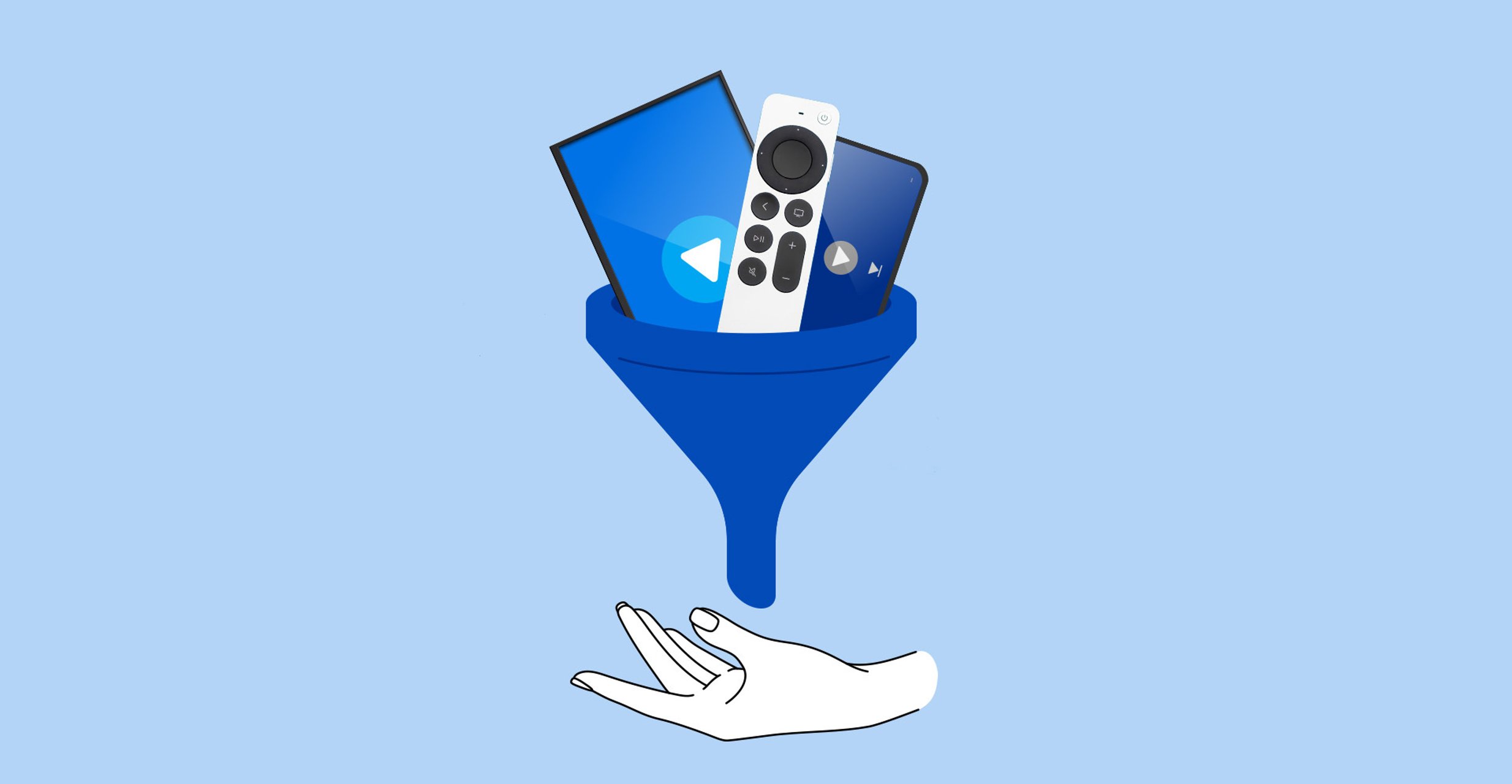Resources Connected TV
How to approach CTV advertising in 2025 with The Trade Desk

Select your country or region to see content tailored to your country.
Recruiting fraud is a growing issue for many companies.
The Trade Desk takes this issue seriously and is taking steps to address it.
Connected TV
When it comes to testing the latest products and analytics tools, our marketing team is on the forefront of innovation. Read our latest Resource Desk article for Connected TV advertising tips and best practices for incorporating this fast-growing channel into your multichannel strategy.

When it comes to testing the latest products and analytics tools, The Trade Desk’s marketing team is at the forefront of innovation. Examining data from across our Connected TV (CTV) campaigns for the second quarter of 2023, we found evidence for the efficacy of multichannel campaigns with CTV in the media mix.
Our TV Quality Index (TVQI) ratings allow you to understand how higher-quality CTV inventory impacts results. Among all our Q2 marketing campaigns, we noticed — with the help of TVQI — that the top five inventory sources with the highest-quality inventory averaged a 50% higher likelihood of driving website visits compared to the bottom five inventory sources. In other words, investing in higher-quality inventory, as opposed to lower-priced inventory, increases your chances of engaging with consumers.
When it comes to media measurement, marketers typically put more emphasis on click-through conversions, because a click can feel like a more intentional action by consumers. CTV, by contrast, relies on view-through conversion. Since this metric doesn’t allow active viewer engagement (it’s impossible to click on a CTV ad!), CTV might seem like a passive medium that isn’t worth the investment. Not so. We discovered that after seeing a CTV ad, our target audience needed 50% fewer impressions before they visited our website. Fewer impressions can quickly amount to media savings, which can then be reinvested in reaching new consumers.
Did you know that you can measure how many people were exposed to your programmatic advertising before clicking on a paid search ad? As long as you have pixels on your brand’s page and Urchin Tracking Module (UTM) parameters across your media, you can evaluate the efficacy of your programmatic plan in driving paid search conversions. We found that when a user saw a CTV ad, there was a 232% increase in the likelihood that they would Google our brand and click on our paid search ad.
Like many marketers, we use multiple channels to reach our audiences. But we’ve also consolidated a large percentage of our media dollars into our own platform, allowing us to frequency cap across all of our channels and campaigns. This strategy gives us an edge: We can reinvest dollars to find new audiences instead of just reaching the same ones over and over again. Across Q2, this reinvestment resulted in reaching over 8 million new users!
Our campaigns target our desired audience across all of their devices using a cross-device strategy. With the multichannel approach, we saw that the main conversion — registering for an event — took four days, while a single channel took as long as 19 days. By using a multidevice approach paired with cross-device technology, we were able to attain conversions in 80% less time.

If you’re interested in running similar analyses on your campaigns, reach out to your account manager to uncover your own insights today.
Resources Connected TV

Resources Data and measurement

Resources Connected TV
